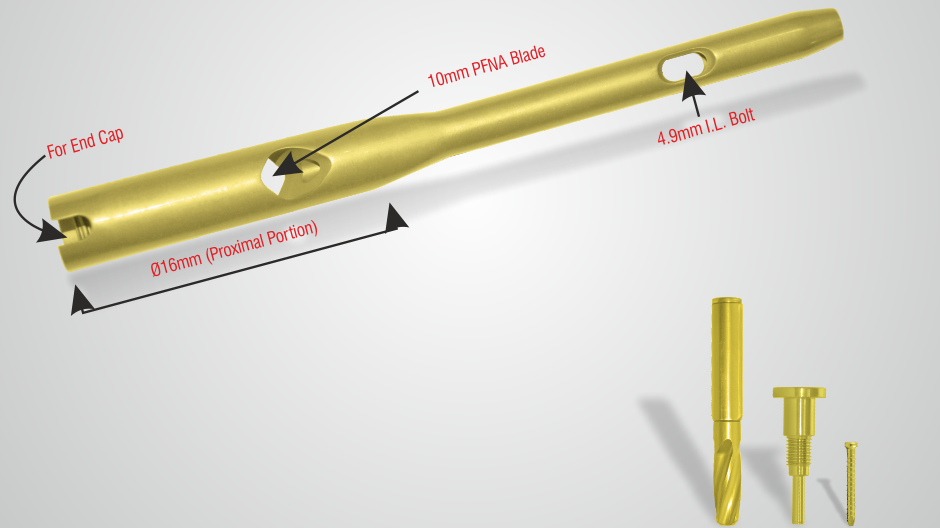The manufacturing process requires a lot of work that turns an idea into an actual physical product, and often it is something we do not think about which is done by orthopaedic implants manufacturing company in India.
Design and Prototyping
When an idea for a new orthopaedic device is developed, it often goes to a design engineer within the orthopaedic company who deals with the overall structure of the device. He or she will often use a rapid prototype to fabricate a mockup of the device to get a better idea of its physical properties before it is approved and sent to the orthopaedic implant manufacturer. Some manufacturers have an in-house team of design engineers. With more experience in the milling and machining processes, these design engineers work alongside clients to further refine the design of a product to make it faster and cheaper to produce without compromising quality or structural integrity.
Milling
Pretty much all the orthopaedic implants and instruments are produced from a single block of metal or PEEK composite plastic. The metal blocks or rods are secured to the inside of large industrial multi-axis milling machines (CNC’s). These milling machines consist of numerous robotic arms and drilling tips that can carve very fine features. They are basically the same machines that you would find carving automobile parts, except on a smaller scale. A white, milky looking cooling liquid is aggressively sprayed onto the drill bit as it is carving the part to cool it and to remove metal implants.
Usually, the five most important faces of a block metal are milled, with the sixth kept intact as the base. After the milling is done, a wire electrical discharge machining (EDM) cutter removes the base, and the sixth face is milled. It is important that as much of the implant or instrument is milled at a time; moving a partially finished piece between different machines or adjusting their place could potentially cause variations between parts, and naturally increases the amount of time to produce a finished part.
Finishing, Inspection, and Passivation
Through milling is done with industrial robots, most of the tasks that are left are done by the hands of skilled machinists and technicians. If the orthopaedic implant or instrument requires a matte or dull finish, it next goes to a sandblaster to remove the metal’s shine. The Technicians will use a rotary sander to deburr and finish the part for better implants. Around this time, the parts will also be laser-etched with information, such as the manufacturing date and part’s ID number. The sampling of the finished parts then goes to the quality lab for Checking, where technicians use automated instruments, as well as their hands and eyes, to meticulously check various properties of the parts. There is also a device called an optical comparator that projects a magnified silhouette of a finished piece onto a screen which is compared with a schematic of the piece printed on mylar. Finally, all the parts are then cleaned ultrasonically using water and then passivated using citrate or nitrate to prevent corrosion.
Packing and Sterilization
The finished medical devices are almost done, but unlike automobile parts, these parts can’t simply be placed into cardboard boxes or plastic bags to be shipped out. Larger companies usually sterile package the finished parts in-house, however, some of the smaller companies outsource this step to another firm nearby.
Now that the parts are finished, packaged, and sterilized, they are ready to be shipped out and usage. Siora Surgicals Pvt Ltd has its own manufacturing factory for manufacturing high-quality orthopaedic implants. We provide good quality implants with low price across the world. We manufacture various kind of implants such as Small Fragment Locking Implants, Hip Prosthesis, Interlocking Nails, Bone Screws, Locking Plates, Trauma Bone Plates, AFN Nailing System, Cannulated Screws, Large Fragment Locking Compression Plate, Mini Fragment Implants, Multifix Tibia Nails, Intramedullary Interlocking Nails, Proximal Femoral Nailing Anti-rotation, Dynamic Hip Screw, Dynamic Condylar Screw, Angled blade plates etc.
Discover more from DigiPro Marketers
Subscribe to get the latest posts sent to your email.

